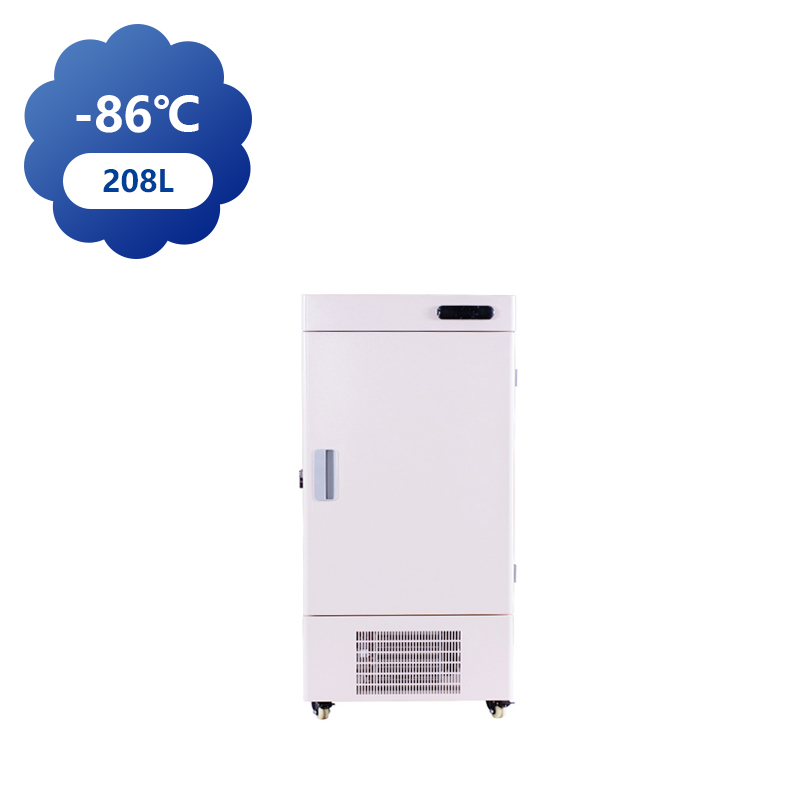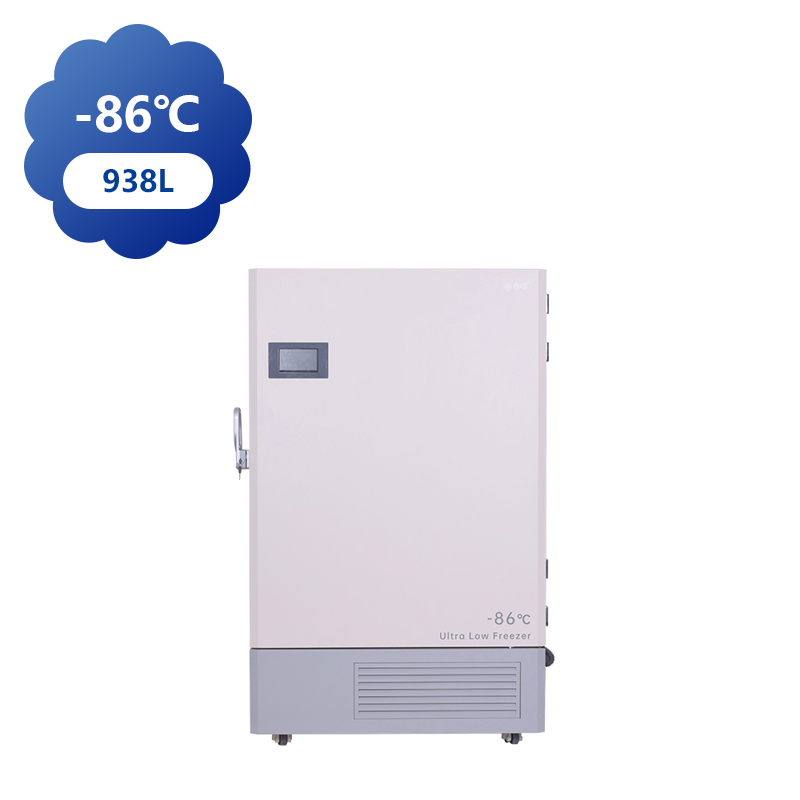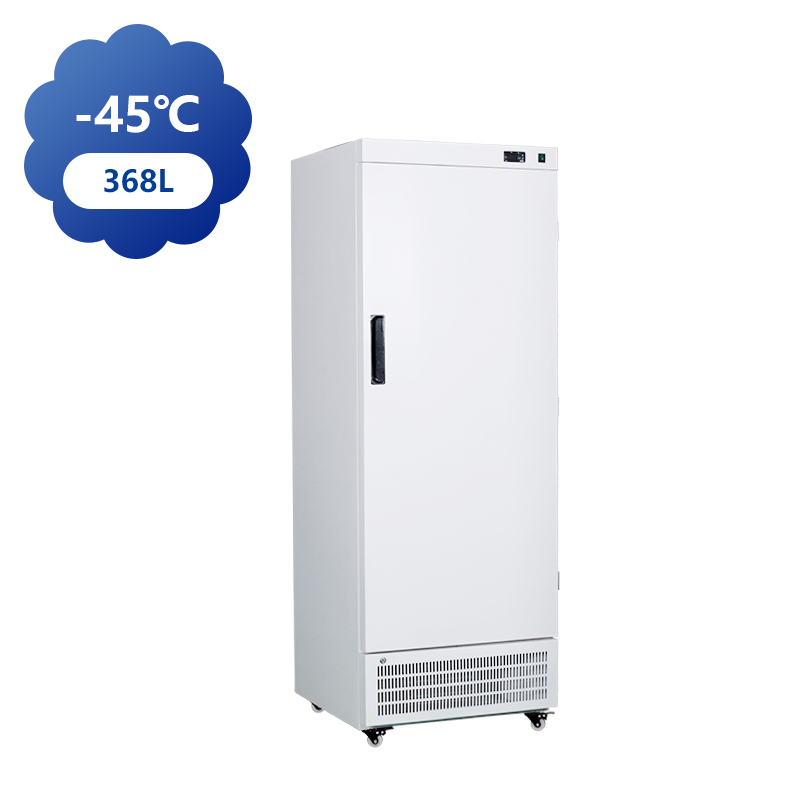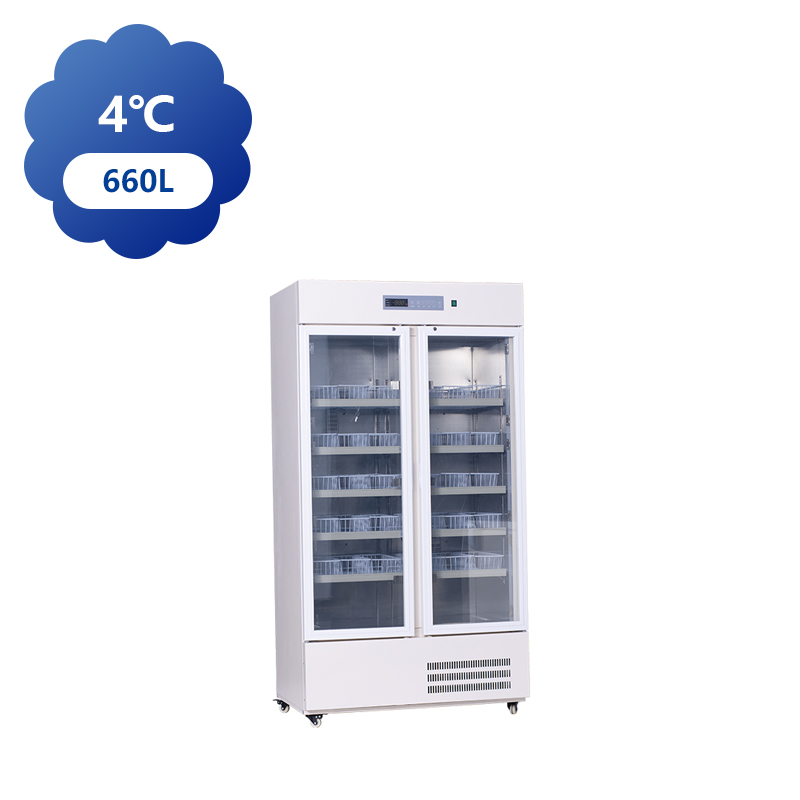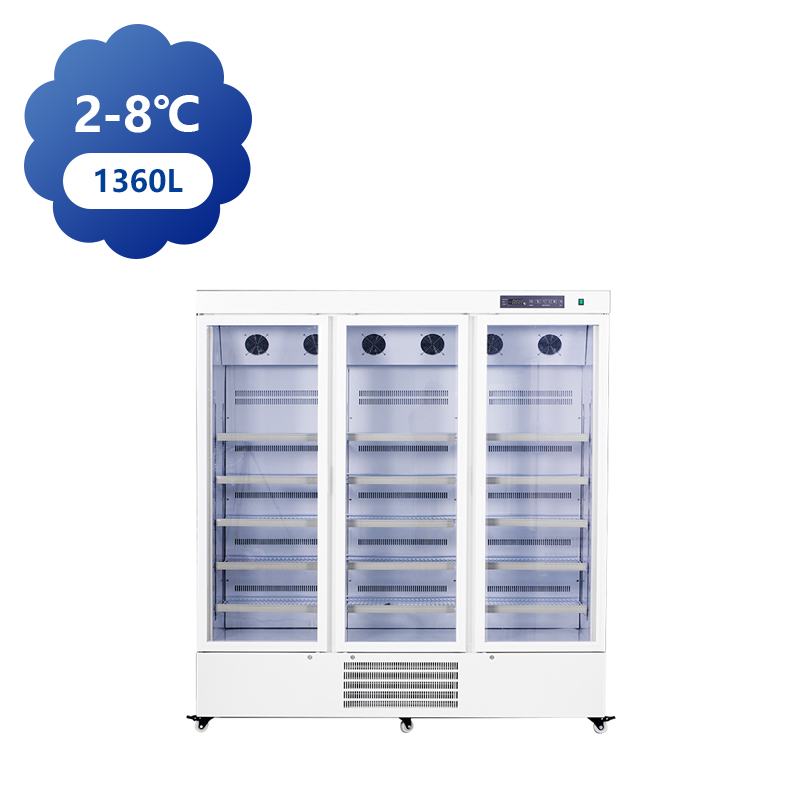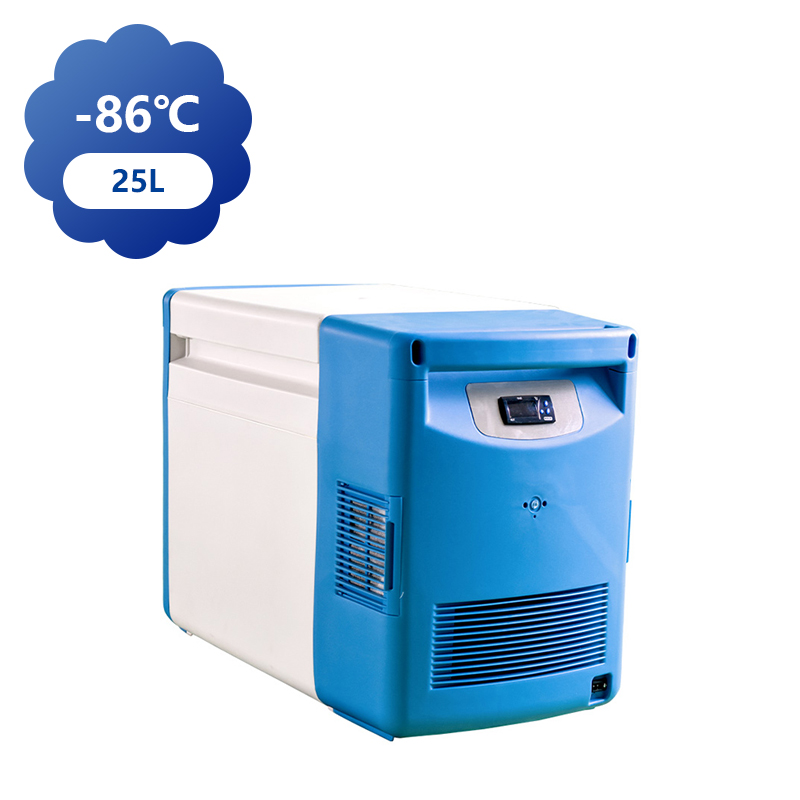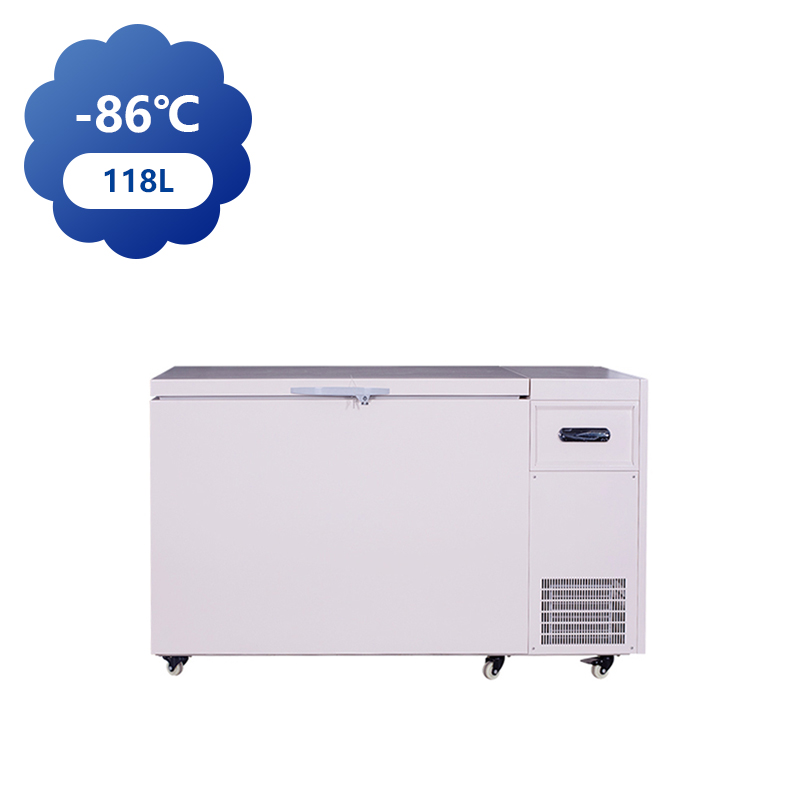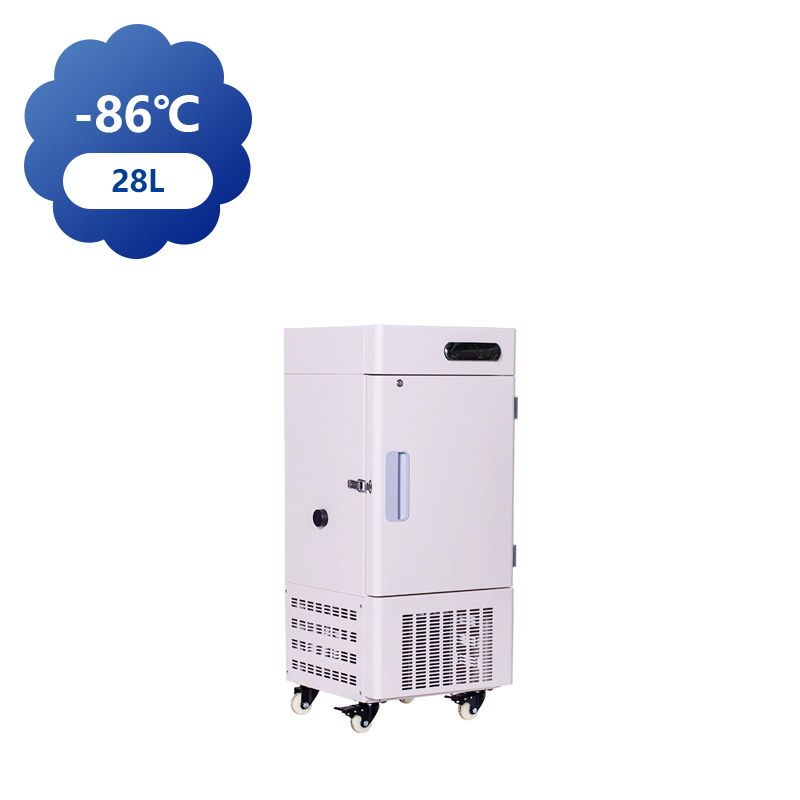You can contact to me using this form.
Ultra deep freezers, capable of reaching temperatures as low as -80°C, are essential in the healthcare industry, particularly for storing vaccines that require strict temperature control. However, while these freezers are critical in maintaining the efficacy of vaccines, several challenges must be addressed to ensure their operation in hospital settings.
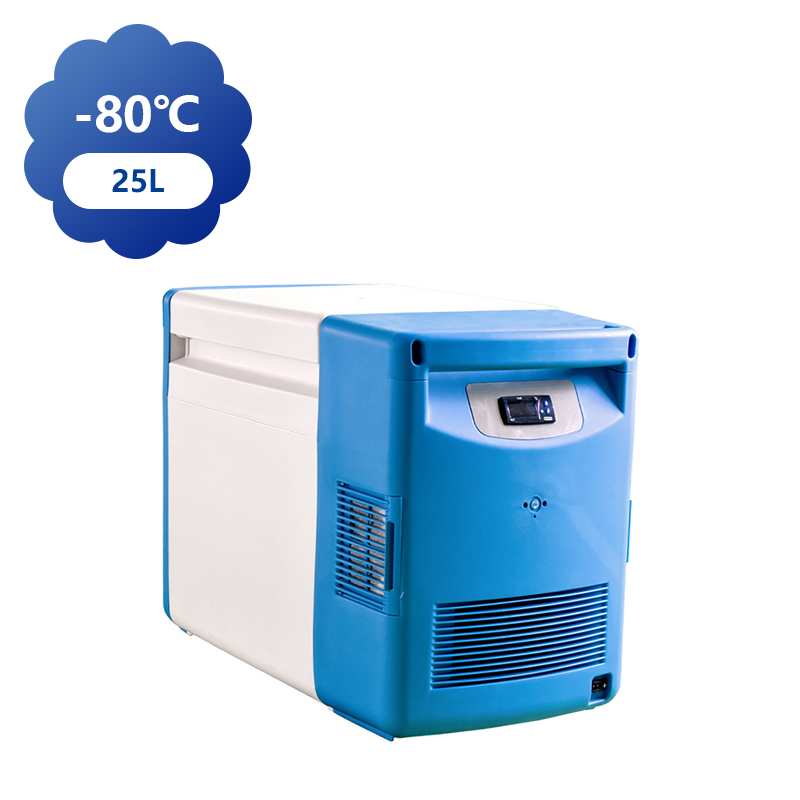
One of the primary challenges hospitals face is ensuring the freezer maintains a consistent ultra-low temperature. Even small fluctuations can significantly impact the stability of vaccines, rendering them ineffective. Hospitals must invest in high-quality freezers that are not only capable of reaching these temperatures but also maintaining them with minimal deviation. Additionally, regular monitoring and maintenance are necessary to prevent malfunctions and ensure continuous performance.
Another issue is the capacity and size of the ultra-deep freezer. Many hospitals, especially smaller ones or those in rural areas, may face limitations in terms of space. Ultra-deep freezers are large, and hospitals may not have enough room to store the volumes of vaccines required for mass inoculation campaigns. Furthermore, these freezers consume a significant amount of electricity, bring about high operational costs.
Another concern is the training and expertise needed to operate these freezers. Hospital staff must be well-versed in how to manage ultra-low temperature storage and how to troubleshoot any issues that may arise. Given the critical nature of vaccine storage, hospitals cannot afford to have staff who are unfamiliar with these systems, making regular training a necessity.
Lastly, ensuring the security of the vaccines stored in ultra-deep freezers is a top priority. Hospitals need to safeguard the equipment against theft or unauthorized access, which requires sophisticated security measures and protocols.
The Size of Blood Storage Freezer
When it comes to blood storage in hospitals, the size of the freezer plays a crucial role in determining how effectively hospitals can store and manage blood supplies. Blood storage freezers are specially designed to maintain the appropriate temperatures required to preserve the quality and integrity of blood and blood products. These freezers are typically set at temperatures ranging from -20°C to -40°C for long-term storage, while plasma may require even lower temperatures.
The size of the freezer is often determined by the volume of blood the hospital anticipates needing for transfusions or storage. Larger hospitals or those with trauma centers require larger units capable of storing significant amounts of blood. These units can be equipped with multiple compartments, each for different blood types or blood products, ensuring that blood is kept segregated and easily accessible when needed.
For smaller hospitals or clinics with limited storage needs, compact blood storage freezers may be sufficient. These units are often more affordable and suitable for hospitals that do not require the extensive blood supply found in larger institutions. However, regardless of the size, all blood storage freezers must meet strict regulatory standards to ensure safe and effective storage conditions. This includes the use of backup power systems to protect against power outages, regular temperature monitoring, and alarms to alert staff if the temperature falls outside the acceptable range.



 中文简体
中文简体 English
English Français
Français عربى
عربى +86-15988502726(wechat)
+86-15988502726(wechat)